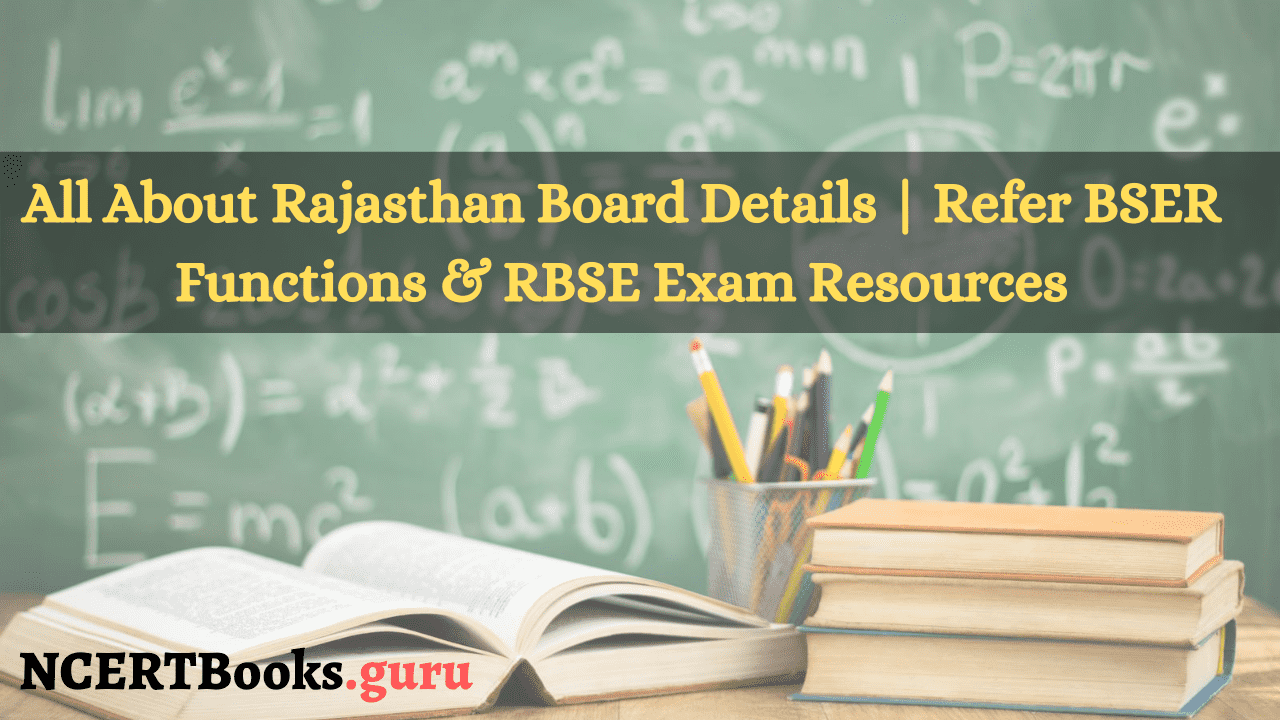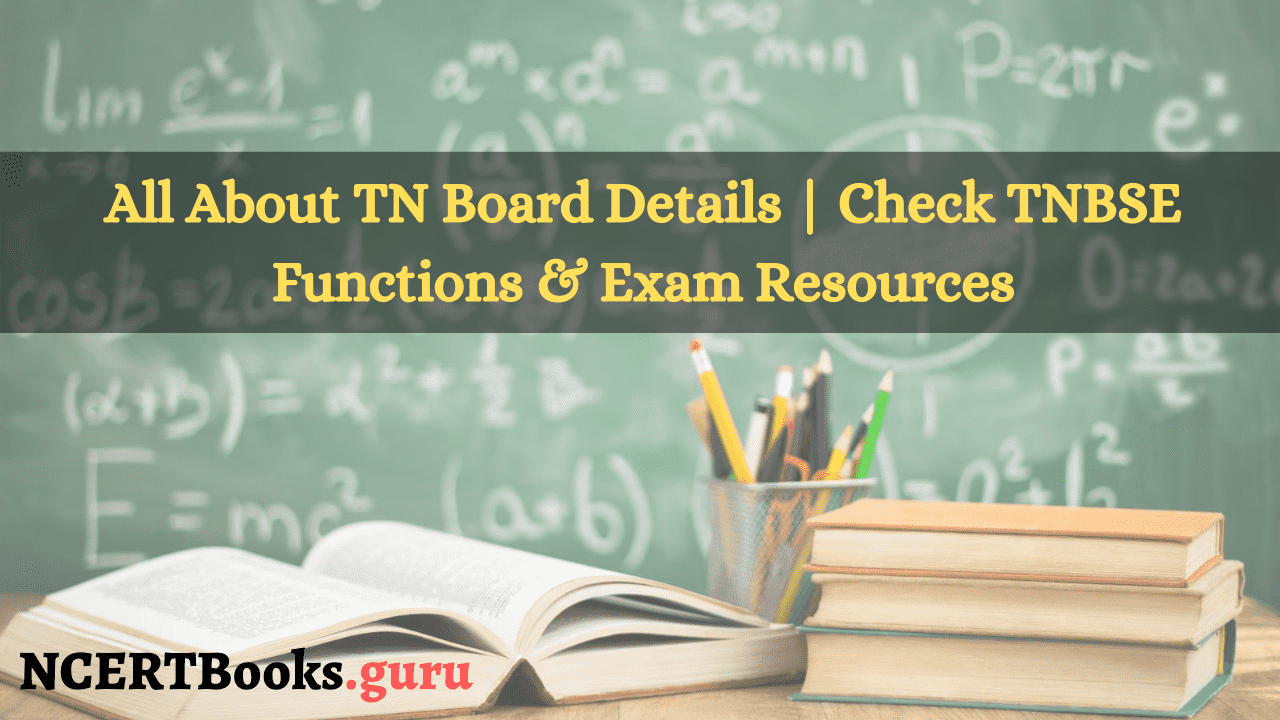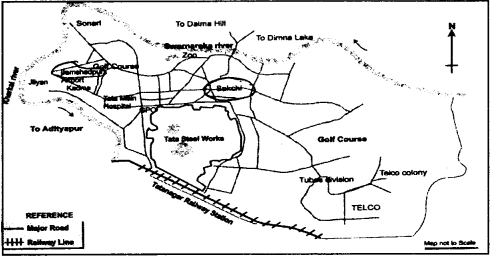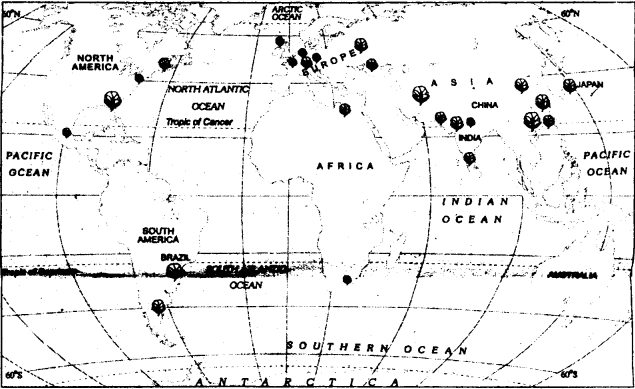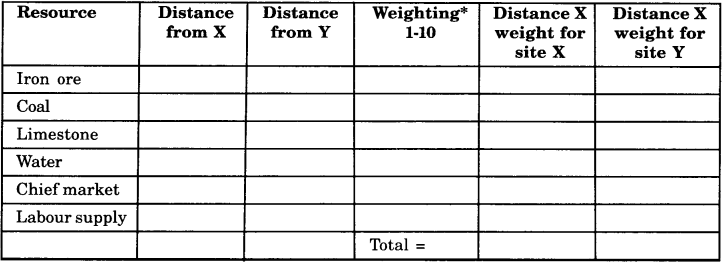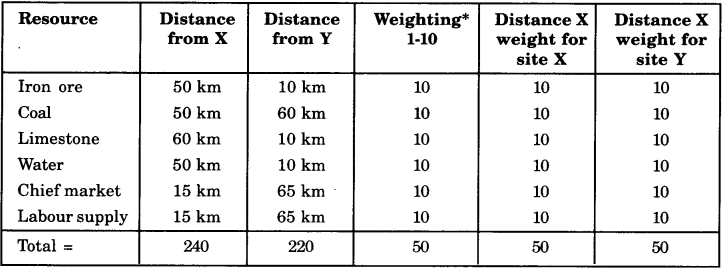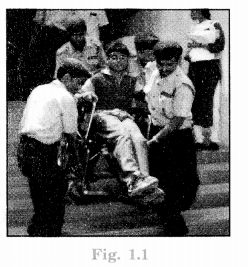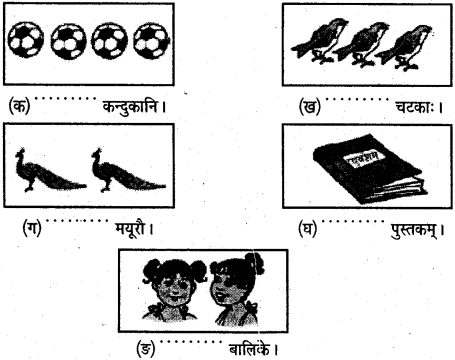Board of Secondary Education, Rajasthan (abbreviated BSER) is a board of education for school level education in the Indian state Rajasthan. Also, Rajasthan Board is a state agency of the Government of Rajasthan and the headquarters of RBSE is located in Ajmer. Rajasthan Board is responsible for the development and improvement of secondary education in the state of Rajasthan.
BSER constituted under the Rajasthan Secondary Education Act 1957 in the year 1957. All its functions and exam resources are discussed in this article. Go ahead and find all about Rajasthan Board to decide the best school in the state of Rajasthan for your kid’s education.
- All About Rajasthan Board
- BSER Roles & Responsibilities
- Examinations Conducted by the Rajasthan board
- Rajasthan Board Syllabus
- Class 10 and 12 RBSE Exams & Results
- Rajasthan Board Previous Year & Sample Questions Papers
- Rajasthan Board of Secondary Education Books PDF
- FAQs on Rajasthan Board or RBSE or BSER
All About Rajasthan Board
With the announcement of the Rajasthan Secondary Education Act in 1957, this Board was launched in Jaipur on 4th Dec 1957. Later, BSER was shifted to Ajmer in 1961. In the year 1973, the BSE Rajasthan started functioning in its existing multistoried building with an enchanting dignity of its own with all facilities.
The BSER took quick steps for the promotion and development of Secondary Education in Rajasthan, spread over 3,42,239 sq. km. and in above 6000 schools placed in 32 districts including 8.5 lakhs students for Secondary and Senior Secondary Examination in the year 2000. The basic information about Rajasthan Board is given here in the below table:
| BSER/RBSE Full Form | Board of Secondary Education, Rajasthan |
| Founder | Government of Rajasthan |
| Establishment Year | 1957 |
| Headquarters | Ajmer |
| Chairman | Nathmal Didel |
| Official Website | rajeduboard.rajasthan.gov.in |
| Administrator | Meghna Chaudhry, IAS |
| Contact | Ph.No: +91-145-2627454 Fax: +91-145-2420429 |
Functions of BSER
The major roles and responsibilities of the Rajasthan Board are listed below:
- It prescribes curriculum, syllabus, textbooks for all classes.
- It conducts school education exams and other competitive examinations in the state of Rajasthan.
- Also, the board is responsible to conduct the STATE LEVEL COMPETITIONS.
- It administrates the TALENT SEARCH EXAMINATION for students who are anticipated to perform.
- Recently, the BSER is organizing the PERSONALITY DEVELOPMENT CAMP and
Examinations Conducted by the Rajasthan Board
The below list is the major examinations administrated by the RBSE board at present:
- Secondary School and Vocational Examination (+10)
- Senior Secondary Examination (10+2) (Arts / Science / Commerce)
- Praveshika Pariksha (+10) ( Sanskrit Shiksha)
- Varishtha Upadhayay Parisksha (10+2) (Sanskrit Shiksha)
- State talent search examination. ( STSE ) Regular
- National Talent search examination. (NTSE)
RBSE Class 10 Performance
| 2015 | 2016 | 2017 | 2018 | 2019 | |
| Overall pass percentage | 78.1% | 75.89% | 78.96% | 79.86% | 79.85% |
| Boys pass percentage | 77.87% | 76.02% | 79.01% | 79.79% | 79.45% |
| Girls pass percentage | 78.41% | 75.7% | 78.89% | 79.95% | 80.35% |
Stream-Wise Class 12 2019 Pass Percentage Statistics
| Stream of Studies | Total No of Students Passed | Pass Percentage |
| Science Stream | 2,39,367 | 92.88% |
| Commerce Stream | 38,095 | 91.46% |
| Arts Stream | 4,98,569 | 88.00% |
Rajasthan Board Syllabus
RBSE prescribes the syllabus for all classes in a systematic way. All the included topics are prepared after performing thorough research, proper brain mapping, and remembering all the requirements of the students into consideration. The whole BSER syllabus is provided on its official site so students can get familiarized with the syllabus topics of their respective classes easily. Therefore, refer to the RBSE Syllabus for the respective class and plan accordingly during preparation.
Refer More:
Class 10 and 12 RBSE Exams & Results
Conducting exams for secondary, higher secondary and some other competitive exams is the primary responsibility of the Rajasthan board. The board prepared the question paper pattern and announces the exam dates for students of 10th and 12th classes before one or two months for the final exams. RBSE Exam Dates & other details are presented on its official web portal.
After completion of the Rajasthan Board exams, students eagerly want to check their results. The board of secondary education, Rajasthan declares the results for class 10 and class 12 in the month of May or the beginning of June. Appeared students can get their Rajasthan BSEResults online by visiting the official website or from our site.
Rajasthan Board Previous Year & Sample Questions Papers
One of the best & smart ways to prepare all important questions is by solving the RBSE model papers or previous year question papers. Rajasthan board prepares the question papers as per the latest syllabus and releases the sample & model papers for assisting students to practice effectively. BSER Question Papers is a solid prep resource that includes a Rajasthan Board Exam pattern, marking scheme, important questions, etc. This helps students to prepare most efficiently for the board exams.
Rajasthan Board of Secondary Education Books PDF
One more important role performed by the Rajasthan board is issuing the textbooks for all classes and affiliated schools come under RBSE Board. The prescribed Rajasthan Board Textbooks help students to make their learnings easy & understand the concept clearly & quickly.
Also, the board of BSER makes it simpler for affiliated schools and students to find all the books online. So, download RBSE Books of all classes at any time from the links attached here and from the official site to ace up your preparations offline.
- RBSE Rajasthan Board Class 12 Books
- RBSE Rajasthan Board Class 11 Books
- Rajasthan Board Class 10 Books
- RBSE Rajasthan Board Class 9 Books
- RBSE Rajasthan Board Class 8 Books
- Rajasthan Board Class 7 Books
- RBSE Rajasthan Board Class 6 Books
- RBSE Rajasthan Board Class 5 Books
- Rajasthan Board Class 4 Books
- RBSE Rajasthan Board Class 3 Books
- RBSE Rajasthan Board Class 2 Books
- Rajasthan Board Class 1 Books
Stay connected with our site ncertbooks.guru or bookmark it to avail complete details about the Rajasthan board along with the further assistance for the RBSE exams.
FAQs on Rajasthan Board or RBSE or BSER
1. What is the full form of RBSE?
The full form of RBSE is Rajasthan Board of Secondary Education is a board for school level education in the state of Rajasthan. The BSER board is responsible for conducting examinations including Secondary and Senior Secondary and other competitive examinations.
2. When was RBSE Established?
RBSE or BSER was formed in the year 1957 and constituted under the Rajasthan Secondary Education Act 1957.
3. Can I check my Rajasthan Board 2020 results via SMS?
Yes, the board of secondary education Rajasthan offers the facility to check their RBSE Results of class 10 and 12 via SMS. On the week or day of results declaration, the board released the details about checking the Rajasthan Board 2020 results via SMS. Post declaration we will update the information on our page so stat tune to our site.
4. How can I find the examination fee for regular examiners of RBSE?
The Examination fee of RBSE respective grade is Rs. 450 /- and separate 50/- Experimental fees for experimental subjects should be payable by the regular examiners.
